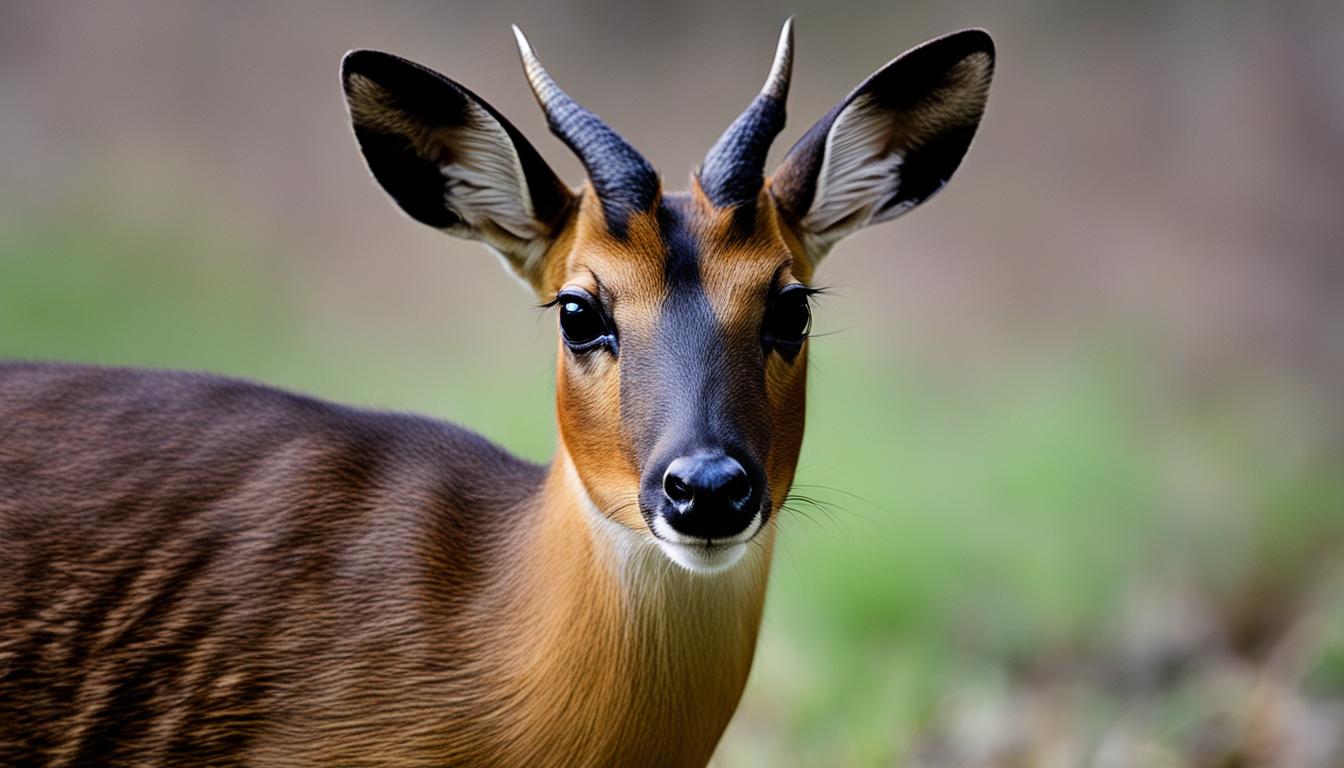Seeing a rare albino deer in suburbia highlights fascinating genetic traits that affect animal appearance and survival. This rare condition results from a recessive mutation that causes a lack of pigmentation, making the deer appear white with pink eyes. It also makes them more vulnerable to predators and environmental challenges. Such sightings reveal the importance of genetic diversity and conservation efforts. Stay with us to discover more about what these unique animals tell us about nature’s complexity.
Key Takeaways
- The albino deer’s appearance indicates a rare genetic mutation affecting pigmentation, linked to a recessive gene.
- Such sightings highlight the importance of genetic diversity and conservation efforts to protect rare traits.
- Albino deer often face survival challenges, making their presence in suburban areas significant for understanding genetic resilience.
- Monitoring these rare animals helps inform conservation strategies focused on habitat preservation and genetic health.
- Celebrating sighting of albino deer raises awareness of biodiversity, genetic variation, and the need to protect vulnerable species.

Have you ever wondered why albino deer are so rare? It all comes down to a genetic mutation that affects pigmentation. Albino deer lack the usual pigmentation caused by a recessive gene, resulting in their striking white coats and pink eyes. This genetic mutation isn’t common in the wild because it can hinder their survival. Without the camouflage that typically helps deer hide from predators, albino individuals are much easier to spot, making them more vulnerable. Additionally, their sensitive eyesight and difficulty regulating body temperature can compromise their health, further reducing their chances of survival. Because of these factors, albino deer are considered a rare sight in nature, often seen only in isolated or protected areas.
When you come across news about a rare albino deer spotted in suburban neighborhoods, it sparks curiosity about the species and its place in the ecosystem. Such sightings can serve as a reminder of the importance of conservation efforts. These efforts aim to protect not just the albino deer but the broader genetic diversity within local populations. Preserving genetic diversity is vital because it ensures the resilience of species against environmental changes and disease. In the case of albino deer, conservation programs often focus on safeguarding their habitats and minimizing human-wildlife conflicts, which can threaten their fragile existence. Sometimes, these efforts involve breeding programs or habitat restoration to support the survival of rare genetic traits like albinism.
Understanding the genetic mutation responsible for albinism can help researchers develop better strategies for conservation and management of these unique animals. Your awareness of these conservation efforts can make a difference. Learning about the genetic mutation that causes albinism helps you appreciate how delicate the balance is in nature. It also highlights the importance of protecting these unique animals from threats like habitat destruction and poaching, which can wipe out such rare genetic traits before they’re fully understood or appreciated. If you’re lucky enough to see an albino deer, it’s a reminder of nature’s diversity and the ongoing work needed to preserve it. These sightings aren’t just rare moments of beauty—they’re signals that our ecosystems rely on a myriad of genetic variations to stay healthy and adaptable. By supporting conservation initiatives, you directly contribute to maintaining this diversity and guaranteeing that extraordinary creatures like albino deer continue to exist in the wild.
Frequently Asked Questions
How Common Are Albino Deer Worldwide?
Albino deer are quite rare worldwide, primarily due to a genetic mutation affecting pigmentation. You might not see them often, as their unique appearance makes them vulnerable to predators and challenges in the wild. Conservation efforts aim to protect these rare animals and understand their genetics better. Their rarity highlights the importance of preserving genetic diversity in wildlife, ensuring that rare traits like albinism don’t lead to extinction.
Can Albino Deer Survive Predators Easily?
Did you know albino deer are less than 1% of all deer populations? Their lack of camouflage disadvantages them considerably by increasing predation risks. Without the usual coloring to blend into their environment, they’re easier for predators to spot. This makes survival tougher, especially in open or wooded areas where natural concealment is vital. So, yes, albino deer generally struggle to survive predators due to heightened predation risks.
Do Albino Deer Have Specific Health Issues?
You might wonder if albino deer face specific health issues. Due to genetic mutations, they often have vision impairments, making it harder to spot predators and navigate their environment. These mutations can also make their skin and eyes more vulnerable to sun damage and infections. While some albino deer survive well, their health risks are increased because of these genetic challenges, impacting their overall well-being and survival chances.
Are Albino Deer More Visible to Hunters?
Imagine a bright flash of white darting through the forest—your eyes catch the albino deer immediately. Because of its lack of natural camouflage, it faces significant camouflage challenges, making it more visible to hunters. This heightened visibility increases hunter detection, reducing its chances of survival. So, yes, albino deer are generally easier for hunters to spot, which can impact their safety and longevity in the wild.
How Does Albino Coloration Affect Deer Reproduction?
You might wonder how albino coloration affects deer reproduction. Albino traits result from a genetic mutation, which can sometimes reduce reproductive success because of health issues or lower survival rates. This mutation is rare, so albino deer often face challenges passing on their genes. If they do reproduce, their offspring might carry the same genetic mutation, but overall, albino coloration can make reproductive success more unpredictable due to genetic and environmental factors.
Conclusion
Seeing a rare albino deer in your neighborhood might make you wonder about nature’s surprises. It’s a reminder that genetic diversity can produce unexpected wonders, even in familiar places. These sightings challenge us to appreciate the delicate balance of life and the importance of protecting it. So, next time you spot something extraordinary, ask yourself—are we doing enough to preserve these rare gems? After all, isn’t our world richer because of its incredible variety?










